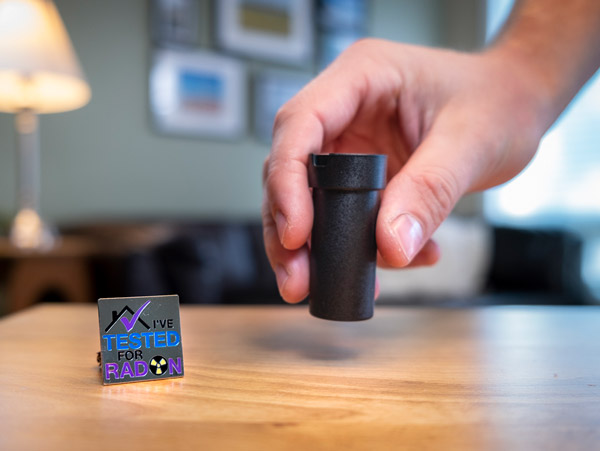Testing for radon is simple to do and should be done in every home, in every community across Canada, regardless of whether your community is known to have high radon levels.
Why test for Radon?
You can either test your home yourself (make sure you follow the instructions carefully!) or hire a certified* professional to test your home for you.



Testing for radon is simple to do and should be done in every home, in every community across Canada, regardless of whether your community is known to have high radon levels.
How to test for Radon?
About our Radon test kit
The only way to know is to test!
Test your home for radon!
* Approved/certified by the Canadian National Radon Proficiency Program (C-NRPP), a Canadian radon certification program operated by the Canadian Association of Radon Scientists & Technologists (CARST) with oversight by Health Canada.
Some Quick Facts
The best time to conduct your radon test is during the heating season. Radon levels vary from day to day and from season to season, and the highest radon levels are generally found during the winter when our homes are sealed more tightly than during the summer months.

